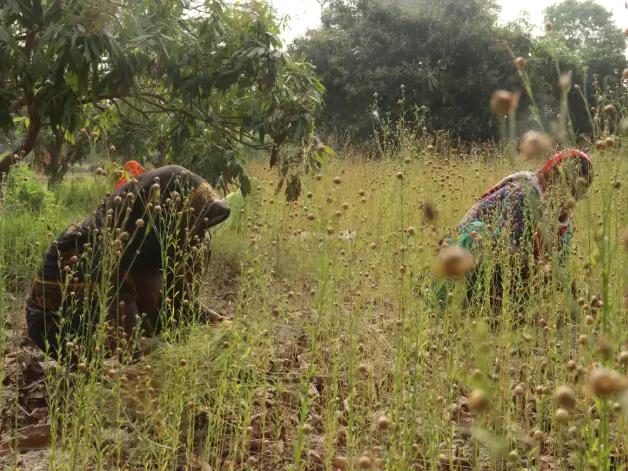Principles of Regenerative Agriculture (Punaryoji Krishi)
Regenerative Agriculture is based on six fundamental principles that value context, reduce disruption, and promote plant and animal diversity. Farmers may develop a healthy and resilient farm ecosystem that helps both the environment and the business line by adhering to these principles.
1
Understand Context
Economic, personal, community, ecological, climate, bioregion, etc.
2
Minimize Disturbance
This refers to tillage, chemical fertilizers, pesticides, and more.
3
Establish a “Living Root”:
Have a plant photosynthesize and pump carbon-based exudates into the soil to feed the soil biology for as long as possible throughout the growing season. Perennials are able to do this well.
4
Provide Soil Armor
Also referred to as “cover cropping”. As bare soil exposed to the environment harms soil health, so it’s recommended to always have some living or dead debris covering the soil.
5
Integrate Animals
Have one or more types of animals move across your fields if it can work in your context, otherwise known as planned grazing.
6
Enhance Biodiversity
Add diversity to whatever it is you are growing – this could be planting diverse hedgerows throughout the farm, installing owl boxes, integrating honeybees, or diverse multi-species cover crops.
.webp)

